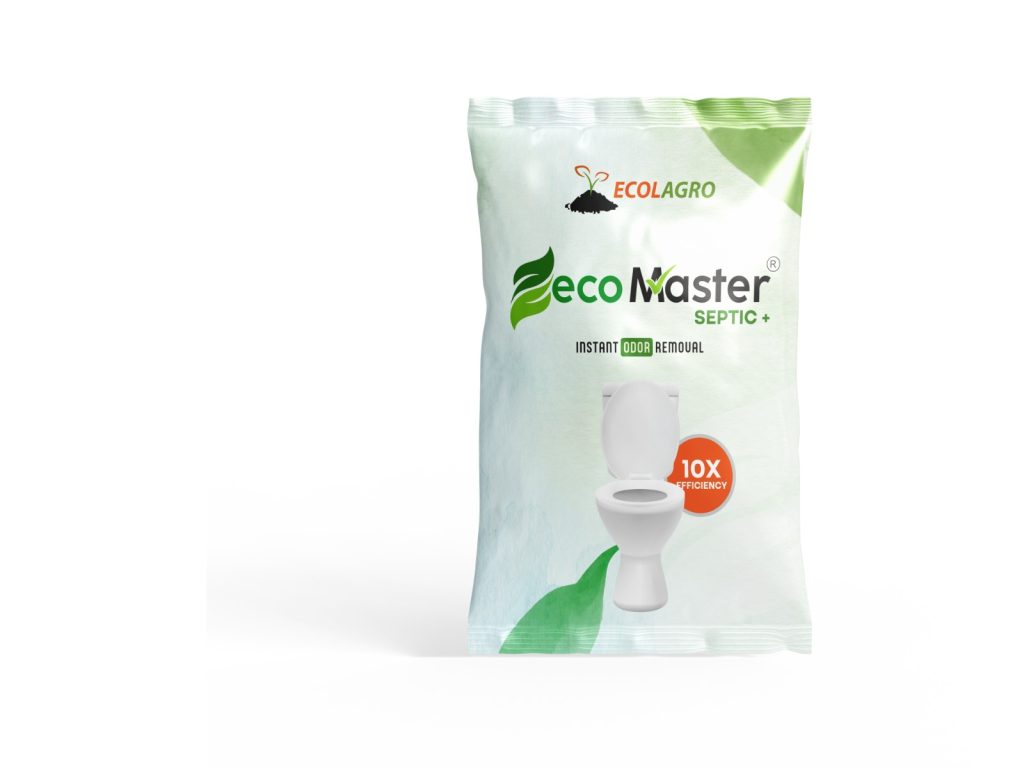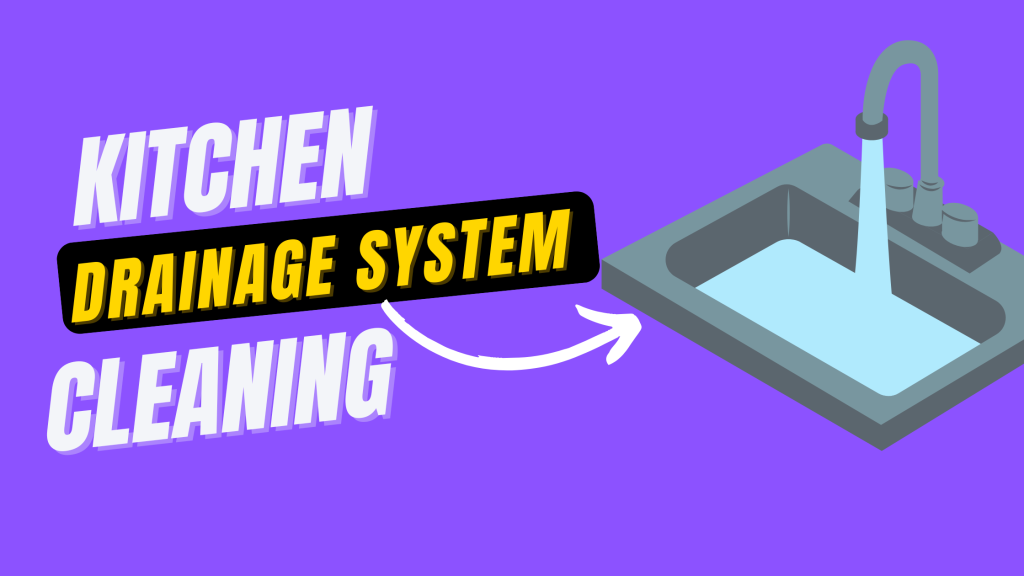A clean kitchen is a happy kitchen but even the most spotless counters and shiny appliances can’t compensate for a smelly or clogged drain. Over time, food particles, grease, soap scum, and other debris build up in your kitchen drainage system, leading to slow drainage, unpleasant odors, and even pipe damage. The good news? You can clean your kitchen drain effectively with just a few simple steps. Here’s a step-by-step guide to help you keep your kitchen drainage system clean and free-flowing.
Step 1: Remove Visible Debris
Start by removing any food scraps or gunk near the drain opening. You can use a drain catcher or strainer to prevent large particles from entering the pipe. This simple habit significantly reduces the risk of clogs.
Step 2: Pour Boiling Water Down the Drain
Boil a kettle of water and slowly pour it down the drain. This helps melt grease buildup and loosens grime clinging to the inside of the pipe. Repeat this process once a week as a maintenance routine.
Step 3: Use Baking Soda and Vinegar
This natural cleaning combo is excellent for deodorizing and cleaning:
-
Pour half a cup of baking soda down the drain.
-
Follow it with one cup of white vinegar.
-
Let the mixture fizz and sit for 15–30 minutes.
-
Flush it with hot water to clear any loosened debris.
This chemical-free solution is safe, effective, and environmentally friendly.
Step 4: Plunge or Snake the Drain
If your drain is slow or partially blocked:
-
Use a plunger to try and dislodge the blockage.
-
For deeper clogs, use a plumbing snake or drain auger to manually remove the obstruction.
These tools are inexpensive and available at most hardware stores.

Step 5: Use a Bioculture Drain Cleaner
Consider using a bioculture-based drain cleaner, which contains beneficial bacteria and enzymes that break down organic waste without harming your pipes or the environment. These are especially useful for ongoing maintenance.
Things to Avoid
-
Avoid pouring grease or oil down the sink.
-
Don’t use harsh chemical drain cleaners too often—they can damage your pipes over time.
-
Refrain from flushing coffee grounds, eggshells, or fibrous vegetable scraps (like celery) down the drain.
Regular Maintenance Tips
-
Clean your drain with baking soda and vinegar once a month.
-
Use a strainer to catch debris.
-
Run hot water for 30 seconds after every use to clear residue.
Cleaning your kitchen drainage system doesn’t have to be a major chore. With regular care and a few household items, you can keep your pipes clear, your kitchen smelling fresh, and costly plumbing bills at bay. Whether you’re a home chef or a busy household manager, making drain care part of your routine will save you time, money, and headaches in the long run.
Still Facing Challenges – Try Ecomaster septic +
Ecomaster Septic+ is a powerful, eco-friendly solution for cleaning kitchen drainage systems by using natural bacteria and enzymes to break down organic waste like grease, food particles, and soap scum. It effectively eliminates foul odors, prevents clogs, and keeps drains free-flowing without damaging pipes or relying on harsh chemicals. Regular use not only maintains a clean kitchen drain but also supports the overall health of your septic system, making it a safe and sustainable choice for long-term household maintenance.


